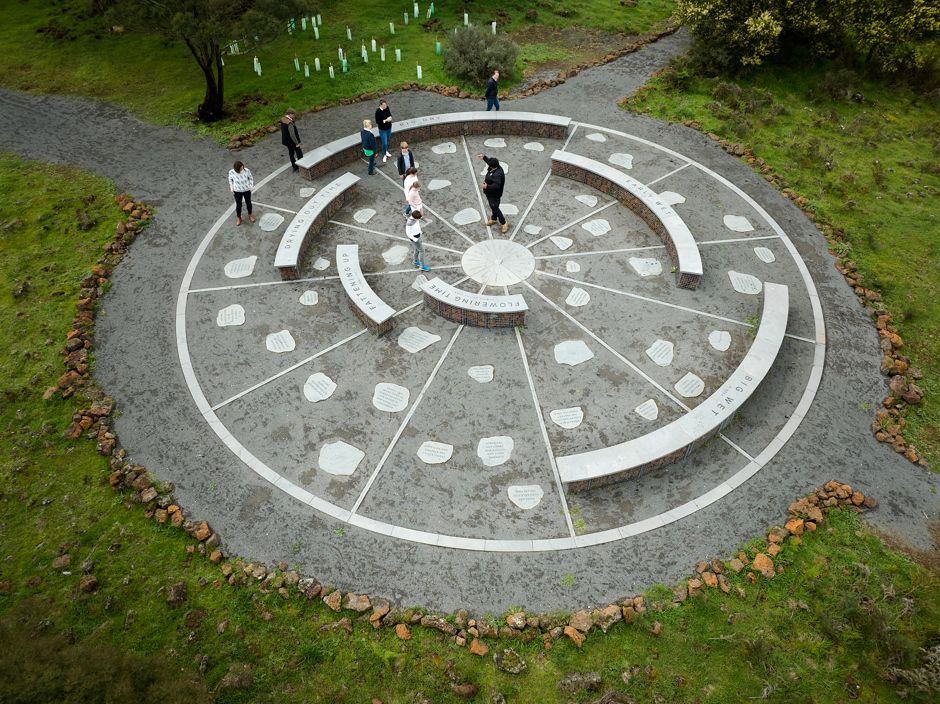Kurtonitj

Overview 
Kurtonitj Indigenous Protected Area is a beautiful 353 hectare marshland halfway between Victoria's Mt Eccles volcanic plain and the sea.
Right in the centre of the Budj Bim Cultural Landscape - Kurtonitj (meaning 'crossing place') is sacred to the Gunditjmara people with enormous cultural, archaeological and environmental significance.
The site has historical stone kooyang (eel) traps and stone channels, stone house sites and eel smoking trees.
Within the Kurtonitj site is a 300 metre by 150 metre area of lava flow featuring two weirs and a dam associated with trapping and holding kooyang.
In addition there are a series of large channels which feed water (and kooyang) into swampy depressions. One of these constructed channels, connecting two large swamps, is 70 metres in length and is lined in places with basalt block walls.
A stone dam/ weir functioned to contain flood waters to enable a large (150 metres by 250 metres) swampy depression at Kurtonitj to fill up and contain kooyang.
Key Features of Interest
- Traditional stone houses
- Stone aquaculture sites
- Eel smoking trees
- Seasonal wetlands
- Dry country / wet country stone sculpture
Future Plans for this Site
- Interpretations pathways and boardwalks
- New multi-level interpretations system
- Replica village of stone huts
- Education / training facility
Visitor Guide
![]()
![]()
![]()
![]()
![]()
![]()
Visitor access is currently restricted and managed by Gunditj Mirring Traditional Owners Aboriginal Corporation (GMTOAC).
Tourism infrastructure was completed at the Kurtonitj site in mid 2022, and the site can now be accessed by guided tour only.



